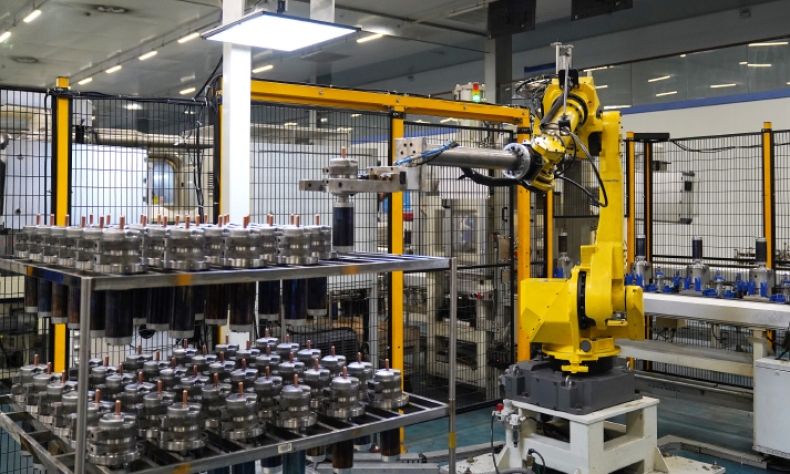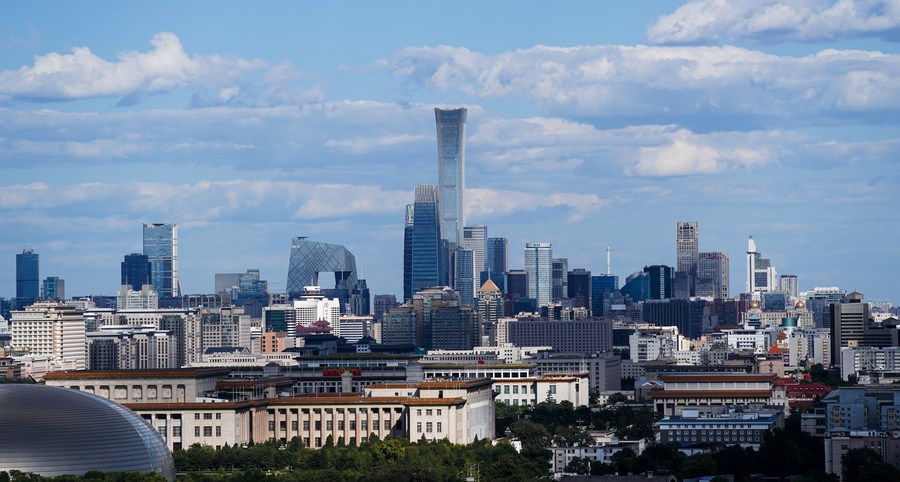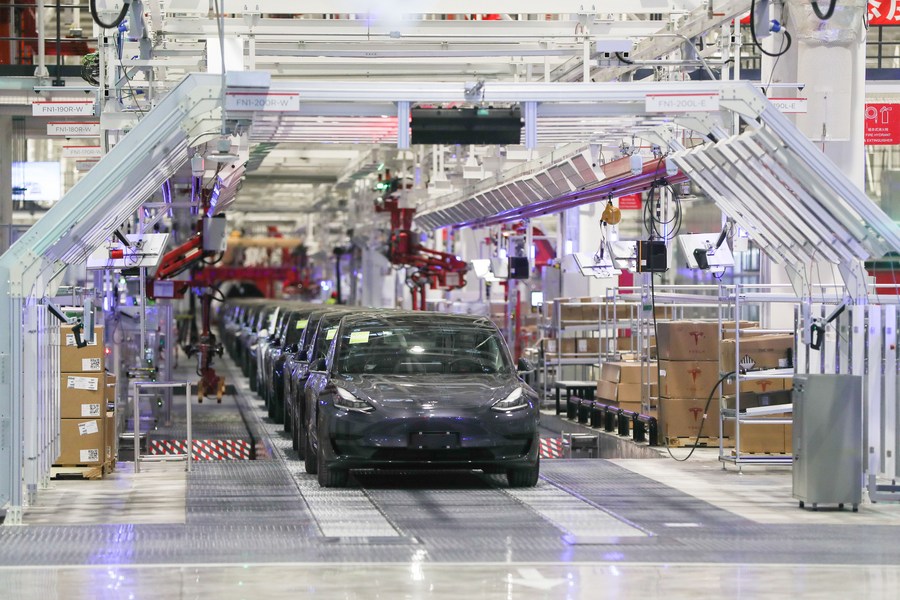China’s New Economy Takes Off

Because China has proven to be economically adept and adaptable in the past, despite headwinds and challenges, it will continue to be in the future if the country remains balanced in its approach to self-sufficiency and global participation.
One of the key points Chinese President Xi Jinping made in his report to the 20th National Congress of the Communist Party of China was regarding the path forward for economic growth and modernization. Xi urged advancing reform and expanding opening up, but he also balanced this sentiment by noting that a key goal is to ensure that China is more self-sufficient in the future in areas ranging from food and energy production to technology and green industry.
A big question on the minds of businesses, investors and global leaders in the lead-up to the Party congress was “Where does the Chinese economy go from here?” While there is no easy answer to this question, we can begin by recognizing that China is facing many of the same challenges that other major global economies are encountering. These include the fallout from the COVID-19 crisis, inflation, global capital markets in retreat, the need for labor and the uncertainties raised by climate change, the processing and use of natural resources, and geopolitical relations.
China’s growth
In the historic view of the time needed for the full development of a nation’s economy from an undeveloped starting point, China has exceeded all norms, expectations and historical precedents over the last 30 years.
China’s GDP has grown from roughly $500 billion in 1992 to the present level of more than $15 trillion, second only to the United States.
How rapid was China’s economic rise? In 1992, India’s GDP was $288 billion and it now stands at $2.6 trillion. We can make similar comparisons to economies in South America, Africa and other parts of Asia and the conclusion is the same. China built its economy faster than any other country on Earth during this period and at an all-time historic rate.
China’s reform and opening up focus on establishing and improving a market-oriented economic system, private-public corporate development and absorbing best business practices, technology, investment and talent from outside China. These movements help unleash the dynamic drive, brainpower and entrepreneurial instinct of Chinese citizens that had been dormant for a long time. In the past decade, the world has witnessed the flowering of Chinese innovation as the need to copy ideas and processes wholesale from other countries has receded. Today Chinese companies are known the world over as some of the biggest global brands are now China-grown, including Huawei, China Mobile, Alibaba, TikTok and SHEIN, a global sensation in fashion e-commerce.
What is even more astounding is how much China still must grow its economy as it works to transition from a moderately prosperous society to a moderately developed country by 2035.
This is the context in which we can best understand Xi’s vision for China for the next five years and beyond. The goal is to build a modern socialist economy with Chinese characteristics.

The outlook
China’s growth equals global growth. We have entered a phase where global growth has slowed down. China, for its own sake and that of the global economy, must continue to outpace growth at home which will have the knock-on effect of improving the world economic growth overall.
We can see how this is important by recognizing that China’s GDP has come to account for 18.5 percent of the world economy, up 7.2 percentage points over the past 10 years.
President Xi cited some of the key actions that will help the economy continue to grow. Two critical areas of attention are to reset the goals to deemphasize rapid growth in a much more mature economy and to focus on industries that promote self-sufficiency leading to “national rejuvenation.” The attitude can be “what’s good for China should be good for the world.”
Investment in technology. One of the main growth engines of the Chinese economy in recent decades has been the focus on building world-class innovative technologies. Hardware, software, consumer technology, all have played a role in China evolving from largely a copycat to an innovative technology country.
The focus must be on building next-generation technologies in medicine, computing, life sciences and energy, space exploration and in products that improve everyone’s daily quality of life. If achieved, the effort will help carry China into the future and will be of immense value to global customers.
Foreign investment. While it is important that China strives to become more self-sufficient in terms of economic development, innovation and technology, it is also true that China should strive to maintain itself as an attractive destination for foreign direct investment (FDI).
FDI from Asia, North America and Europe played a significant role in China’s rapid development. Historically, major economies ensured that they stayed attractive to global investors even after achieving an elevated level of self-sufficiency. The line between self-sufficiency and isolation is thin and a potentially dangerous one for any economy.
Openness to foreign participation in the economy is the needed balance for Chinese outbound investment, especially considering the development of cooperation under the Belt and Road Initiative, a China-proposed initiative that aims to boost connectivity along and beyond the ancient Silk Road routes. China should continue to seek cooperation and co-investments with other countries to stay on the right side of the line.

Finance, insurance, real estate and healthcare. China has certainly made strides in these key service-sector industries, but to meet growth expectations for 2035, further investment, experimentation and expansion of these critical sectors will go a long way toward weaning China off high leverage in the low-to-mid-value manufacturing sectors.
Digital commerce and the metaverse. China leads the world in the development of modern retail, e-commerce and the integration of online and offline services. It has become a trend from 2017 onward that the world looks at what China was doing in this area and moves to adopt Chinese best practices.
We can see this in major foreign retailers and e-commerce companies copying the New Retail model pioneered by Alibaba, the popularity of TikTok, the adoption of live-streaming and QR codes in the U.S. and much more.
This is an area where global businesses, influencers and consumers readily admire China; this is an advantage that should be pressed for future growth.
Against headwinds
The bottom line is that China has the people, the track record of growth and improvement and the desire needed to create the bigger and more diverse economy that the country and the world at large need.
The rejuvenation of the Chinese nation will in part depend on all Chinese citizens participating and benefiting from increased prosperity.
Because China has proven to be economically adept and adaptable in the past, despite headwinds and challenges, it will continue to be in the future if the country remains balanced in its approach to self-sufficiency and global participation.
The author is founder and CEO of U.S.-based consulting firms 5 New Digital and China BrightStar.
 Facebook
Facebook
 Twitter
Twitter
 Linkedin
Linkedin
 Google +
Google +










